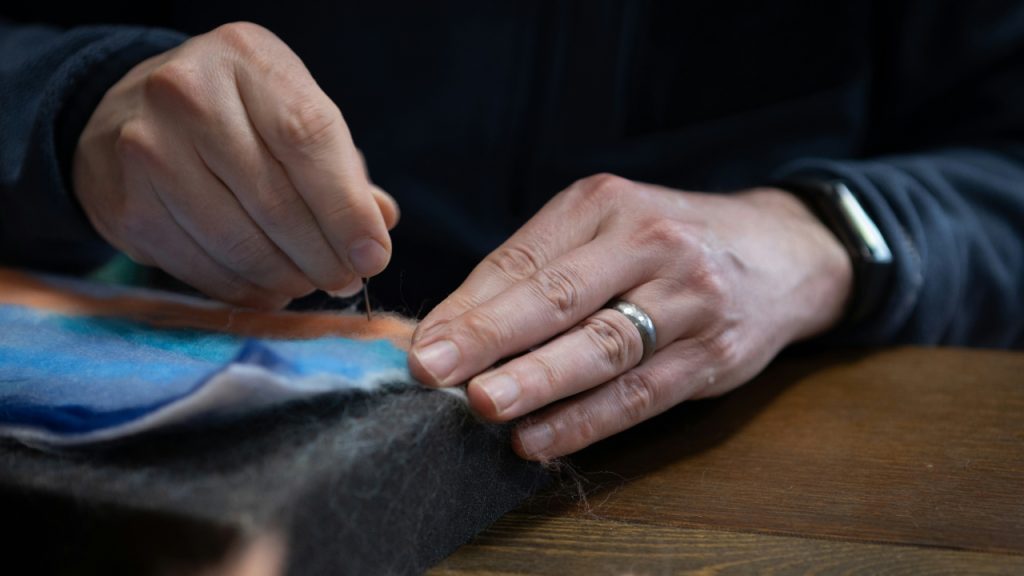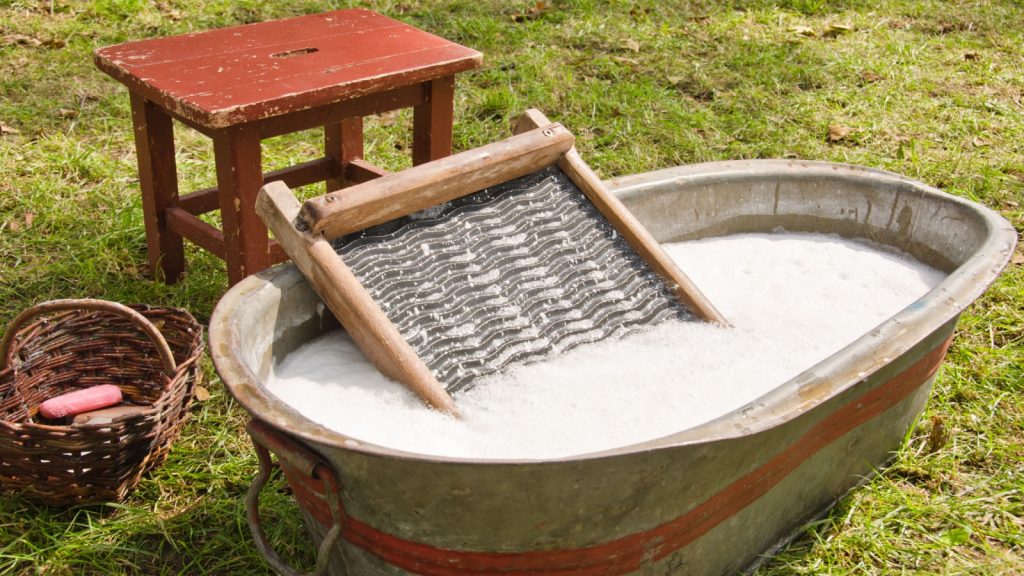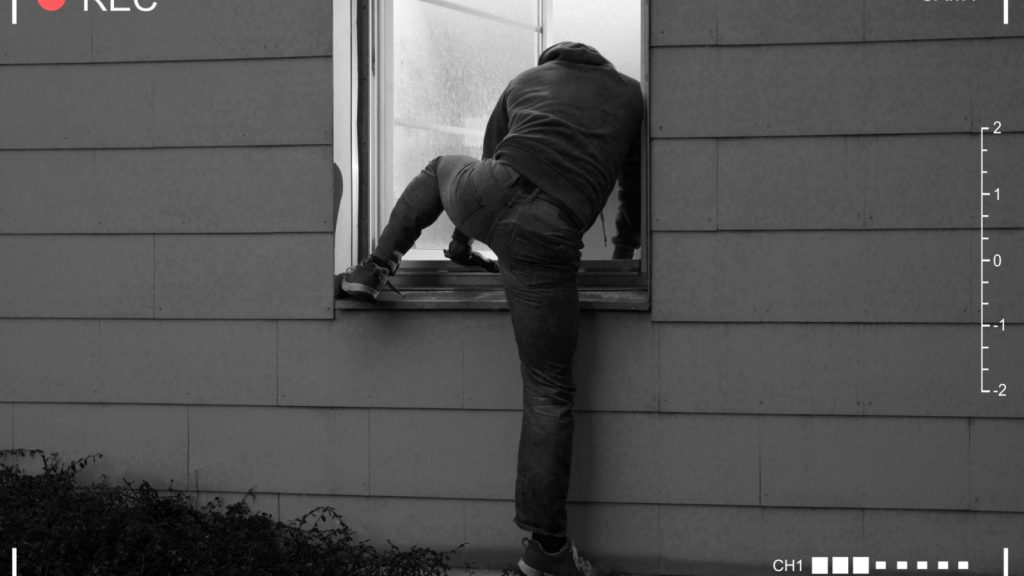Wool has been a go-to material for clothing and textiles for centuries, but its potential doesn’t stop there. From practical household solutions to creative crafts, wool is an underrated multitasker. Personally, I’ve found countless ways to put my flock’s fleeces to good use, whether it’s around the house, in the garden, or as part of my craft projects.
One of my neighbors, new to rural life, was at a loss with what to do with her fleeces, constantly grumbling about not being able to “get rid” of them. Naturally, I offered to “help” her out by taking them off her hands. Despite my advice and simple tips, she’s happier letting me have them than trying to use them herself. So, I do my best to give them a second life—waste not, want not!

I should also note that I do actually spin my own yarn from wool, too. I love the whole process, from cleaning the raw fleece and removing the lanolin to carding, blending, and the actual spinning. It’s insanely satisfying and incredibly therapeutic. And I adore my Ashford spinning wheel and the rigid heddle loom I use for weaving the spun yarn.
1. Insulation
Wool’s insulating properties make it ideal for maintaining a comfortable temperature indoors. Whether you’re lining walls, attics, or even a cool box, wool’s natural fire resistance and eco-friendliness make it a fantastic alternative to synthetic materials. It’s also an excellent sound insulator, helping to create quieter, more serene living spaces.
2. Mulch
In the garden, wool makes an effective and eco-friendly mulch. Spread it around your plants to conserve moisture, block weeds, and add nutrients as it decomposes. Wool mulch can also regulate soil temperature, protecting roots from extreme heat or frost.
I recently took on a huge new area of land that’s incredibly overgrown, and I’m adding old fleeces to the first areas I want to plant. I’ve got a base layer of cardboard followed by straw, compost, and then the fleeces, killing off the weeds and keeping the compost warm enough and stable enough to plant up in early spring.
3. Wet Felting
Felting mats wool fibers into sturdy fabric, perfect for crafting bags, hats, or decorative items. If you’ve got scraps of wool or low-quality fleece that’s unsuitable for spinning, felting is an excellent way to use them creatively. You can combine different colors and textures of wool to create stunning, one-of-a-kind designs.
4. Dryer Balls
Felted wool balls are a natural alternative to dryer sheets and fabric softeners. Toss a few in your tumble dryer to reduce static, speed up drying times, and soften clothes. Adding a drop of essential oil to each ball can also leave your laundry smelling fresh and fragrant. I only use dryer balls and essential oils in my tumble dryer. They help the laundry dry faster, soften clothes beautifully, and require no nasty chemical products.
5. Stuffing
Wool is an ideal stuffing for cushions, toys, and even mattresses. It’s hypoallergenic and resists dust mites, making it suitable for people with allergies. Wool stuffing is also naturally flame-retardant, adding an extra layer of safety to your handmade projects.
I use wool stuffing any time I’m making toys, especially for my dogs or the littles, as they tend to get bitten, sucked, licked, and generally take heavy use.
6. Needle Felting
Needle felting is a delightful craft where you use barbed needles to sculpt wool into anything from ornaments to figurines. It’s a satisfying way to turn scraps of wool into beautiful, handmade treasures. For beginners, kits are widely available to help you start small and build your skills. But there are plenty of tutorials, too, and the equipment you need is minimal. I love needle felting. Although you’ll invariably stab your fingers a few times, it’s a great hobby, and you can create pretty much anything.
7. Dyeing
Wool absorbs dye beautifully, making it perfect for experimenting with natural colours. Plants, berries, and even onion skins can produce stunning results. By using different mordants, you can achieve a range of shades from the same dye source. Dyeing and creating something amazing from your wool is super fun. And, along with wet and needle felting, beautifully dyed wool has the potential to be a nice little income stream, as boutique, unique art yarns and wool batts sell well.
8. Composting
Wool breaks down in compost, aerating the pile and enriching the soil. Add small amounts alongside food scraps and yard waste to create a nutrient-rich compost for your garden. Its ability to retain moisture in the compost pile can also help speed up decomposition. I even add a little old fleece when I’m trench composting.
9. Erosion Control
Wool is excellent for stabilizing slopes and preventing erosion. Lay it over bare soil and cover with straw or mulch. Over time, the wool will decompose, adding organic matter to the soil while helping to establish vegetation in problem areas.
10. Wicks
Wool works as a wick for lamps or indoor planters. Its natural capillary action draws water effectively, keeping soil hydrated or fuelling a simple oil lamp. You can cut it to size easily and use it for homemade wicking systems in greenhouses or potted plants.
Cassandra’s expertise in traditional food preservation techniques stems from her grandmother’s teaching and her own experiments with traditional methods and food science. She specializes in fermentation, canning, smoking, curing, and root cellaring.
“Modern convenience has disconnected us from ancient wisdom about storing food without refrigeration. These methods don’t just preserve nutrients—they enhance them.”



